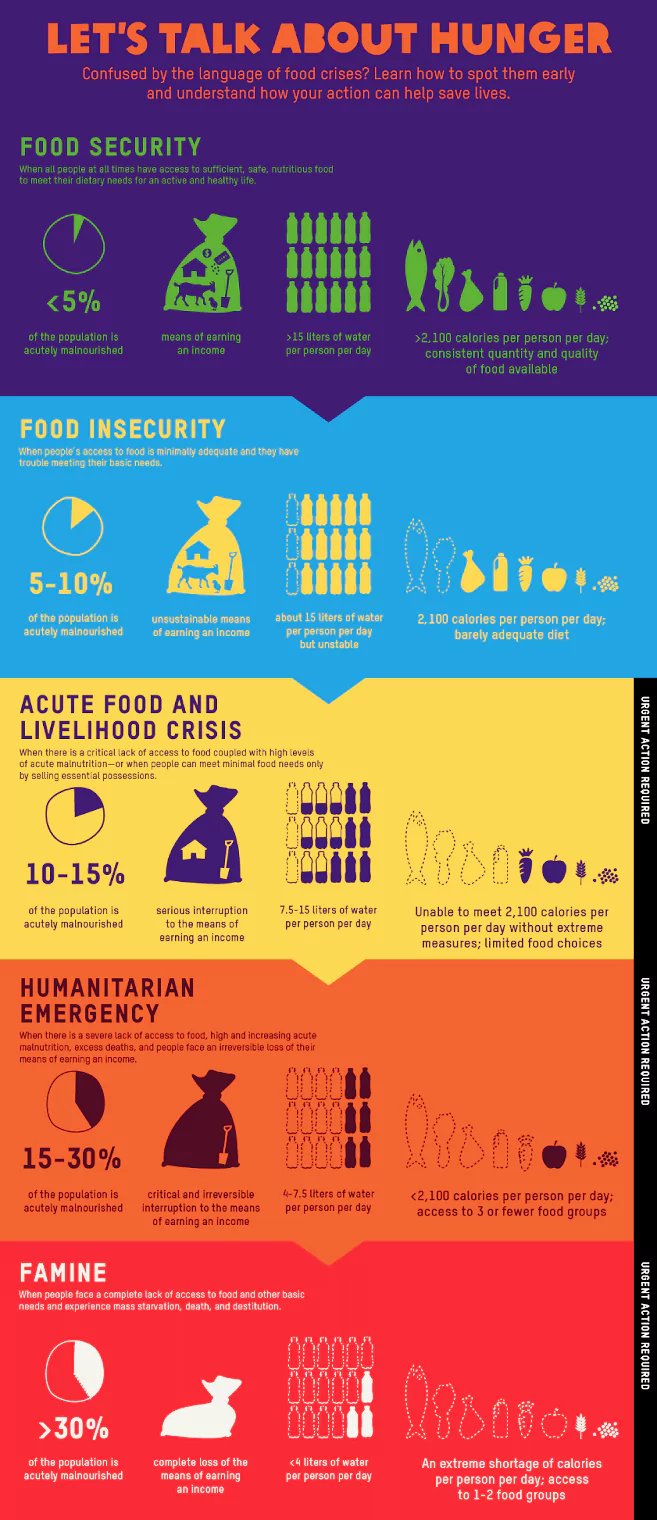A recent report released by the name of ‘Global impacts of heat and water stress on food production and severe food insecurity’ claims increased heat and water stress can lead to 6-14 per cent global food production decline by 2050.
Key Highlights of the Global impacts of heat and water stress on food production and severe food insecurity Report
- Published In: The report was published in the journal Scientific Reports of the science weekly Nature
- Summary: The report shows a decreasing trend of food production as a percentage reduction in 2050 from 2020 for different climate change scenarios.
- Food Production Decline: Heat and Water stress due to climate change will lead to a decrease in agricultural output causing a reduction in global food production that, in turn, increases the number of people with severe food insecurity.
- In India: Food production was projected to fall by 16.1 per cent in 2050
- In China: It can witness a food production fall by 22.4 per cent
- United States of America: A decline by 12.6 per cent.
- In Africa: A decline in the range of 8.2-11.8 per cent
- Australia: 14.7 per cent
- Severe Food Insecurity: Globally, the number of additional people with severe food insecurity can increase between 556 million and 1.36 billion by 2050, relative to 2020.
- Regions like China and ASEAN countries can become food importers from being net food exporters by 2050.
- Food Inflation: The regions with the most extreme warming scenario and high water stress is poised to witness substantial increases in food prices overall
- Trade: An increased flow of trade in agricultural commodities from low to high water stress countries and regions, given by the relative regional food price changes.
Enroll now for UPSC Online Course
About Food Insecurity

- Definition: The Food and Agriculture Organisation of the United Nations defines Food Insecurity as, when people do not have adequate physical and economic access to sufficient, safe and nutritious foods that meet their dietary needs and preferences for an active and healthy life.
- Food insecurity can be experienced at different levels of severity, when someone is severely food insecure, they have run out of food and gone a day or more without eating.
- Present Status: As per the, Global Report on Food Crisis 2024, nearly 282 million people faced high levels of acute food insecurity in 59 countries in 2023, with extreme weather being the second-most significant factor driving the food crisis
- The proportion of people facing acute food insecurity has remained persistently high for four consecutive years, at almost 22 per cent of those assessed.
- Drivers of Food Insecurity:
- Climate Change: The 6th Assessment Report of the IPCC concludes that climate change is the key driver of Food Insecurity as it is changing precipitation and temperature patterns (floods and droughts) and increases the frequency and severity of extreme weather events affecting food security by reducing agricultural production.
- Weather extremes were the main driver for 18 countries, with over 72 million people facing high levels of acute food insecurity because of such extreme weather events.
- Poverty: Poverty is a leading cause of food insecurity. People with limited financial resources may struggle to afford nutritious food, leading to inadequate diets and hunger.
- Conflict and Violence: Armed conflicts, wars, and civil unrest disrupt food production, distribution, and access. Conflict-induced displacement often results in food insecurity for affected populations.
- The wars in Ukraine has caused the price to rise for Wheat Flour and cooking oils.
- Natural Disasters: Earthquakes, hurricanes, tsunamis, and other natural disasters can destroy crops, infrastructure, and food storage facilities, leading to food shortages.
- Economic Shocks: Economic crises, such as recessions or currency devaluations, can affect food prices and income levels, making food less affordable for vulnerable populations.
- Crop and Livestock Diseases: Disease outbreaks affecting crops and livestock can devastate food supplies and livelihoods for farmers and herders.
SDG Goal 2: No Hunger
- The goal is about creating a world free of hunger by 2030.
- The global issue of hunger and food insecurity has shown an alarming increase with approximately 735 million people or 9.2% of the world’s population found themselves in a state of chronic hunger by 2022.
India’s Achievement in enabling Food Security
- A Net food Exporter: India has become a net food exporter, being the ninth largest exporter of agricultural products in the world, and realised a six-fold increase in food grain production from 50 million tonnes in 1950-51 to nearly 300 million tonnes in 2019-20.
- National Food Security Act (NFSA) 2013: The Act aims to provide for food and nutritional security by ensuring access to adequate quantities of quality food at affordable prices.
- The Public Distribution system has reached 813 million people with subsidized monthly household rations (rice, wheat or millets).
- Tackling malnutrition in Children: Various government schemes like the Mid-day Meal Scheme and Poshan Abhiyan have resulted in the levels of under-nutrition among children come down over the past decade.
- Stunting: Amongst under-5 children, it declined from 48 to 35 percent from 2005 to 2019
- Underweight: It dropped from 43 to 32 percent.
- Anemic: The proportion of children aged 6-59 months who were anaemic fell from 69 percent to 58 percent for the period 2005 to 2015.
- Pradhan Mantri Garib Kalyan Yojana: It aims to provide free food grains to about 81.35 crore beneficiaries started in the backdrop of Covid-19
|
![]() 26 Jun 2024
26 Jun 2024

